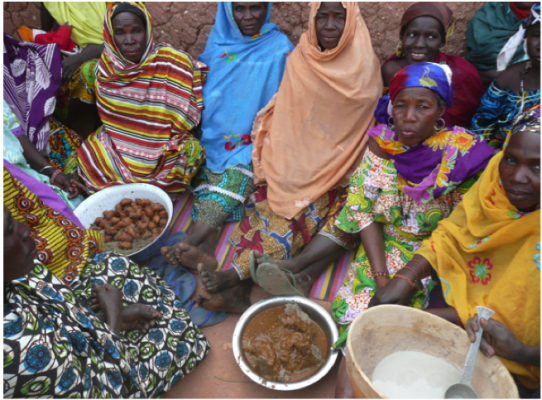
Next steps on the multi-purpose desert food tree
February 26, 2014
Certain species of Australian acacia trees have evolved in the desert and Australian aboriginal people have cooked and eaten their seeds for thousands of years. The Acacia is commonly known as the ‘Wattle’, our national flower.
As such, Australian acacias are the ideal multipurpose trees for farming and agroforestry in hot, dry regions where the impacts of climate change, such as drought and temperature spikes that wipe out traditional food crops, are severe and put people at risk of famine. New research is required to enable further, widespread uptake of the trees.
Australian acacia trees provide:
- Storable, high-protein, nutritious food
- Firewood and timber for buildings, fences
- Restoration of degraded lands
- Mulch
- Windbreaks
- Fodder
- Honey production
- Income from sales of food, wood and honey
The benefits of two species (A. Colei and A. Torulosa) have been demonstrated in extensive trials in Niger over the last 20 years. In addition, the results of recent acacia agroforestry trials conducted in Ethiopia (on A.Saligna) by the Tigray Agricultural Research Institute in partnership with World Vision will be presented at a jointly hosted Acacia Conference on 7-8th of March 2014 in Mekele.
Two branches of further research are required to provide detailed data and methodologies and enable widespread promotion and uptake of Australian acacia trees in semi arid regions of Africa:
- Nutrition: Final stage testing of the safety of acacia seeds as human food, including human volunteer trials, detailed nutritional analyses and optimal preparation methods. This work, to be conducted over the next 18 months, will involve collaboration with relevant Ministries of Health to meet country standards.
- Agriculture: Select and demonstrate a new range of high performing multi-purpose Acacia species and agricultural practices adapted to target environments, including regions of extremely low rainfall (as low as 250mm per annum). Develop an Acacia environmental risk management plan plus a comprehensive training and promotion package. This research will take place over the next 3 years.
The research will be conducted in partnership with African governments and research organisations. Additional funding of $860,000 is required for its completion.
